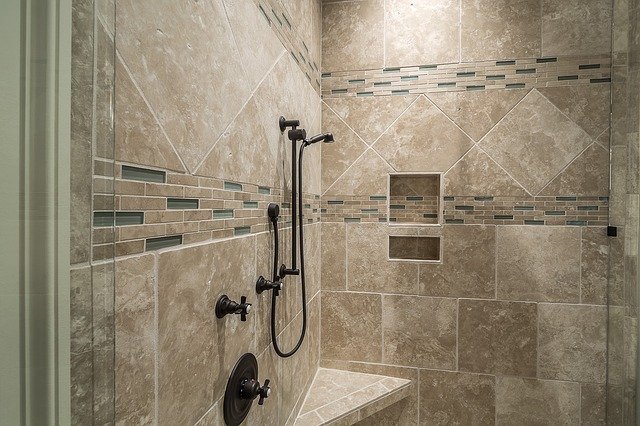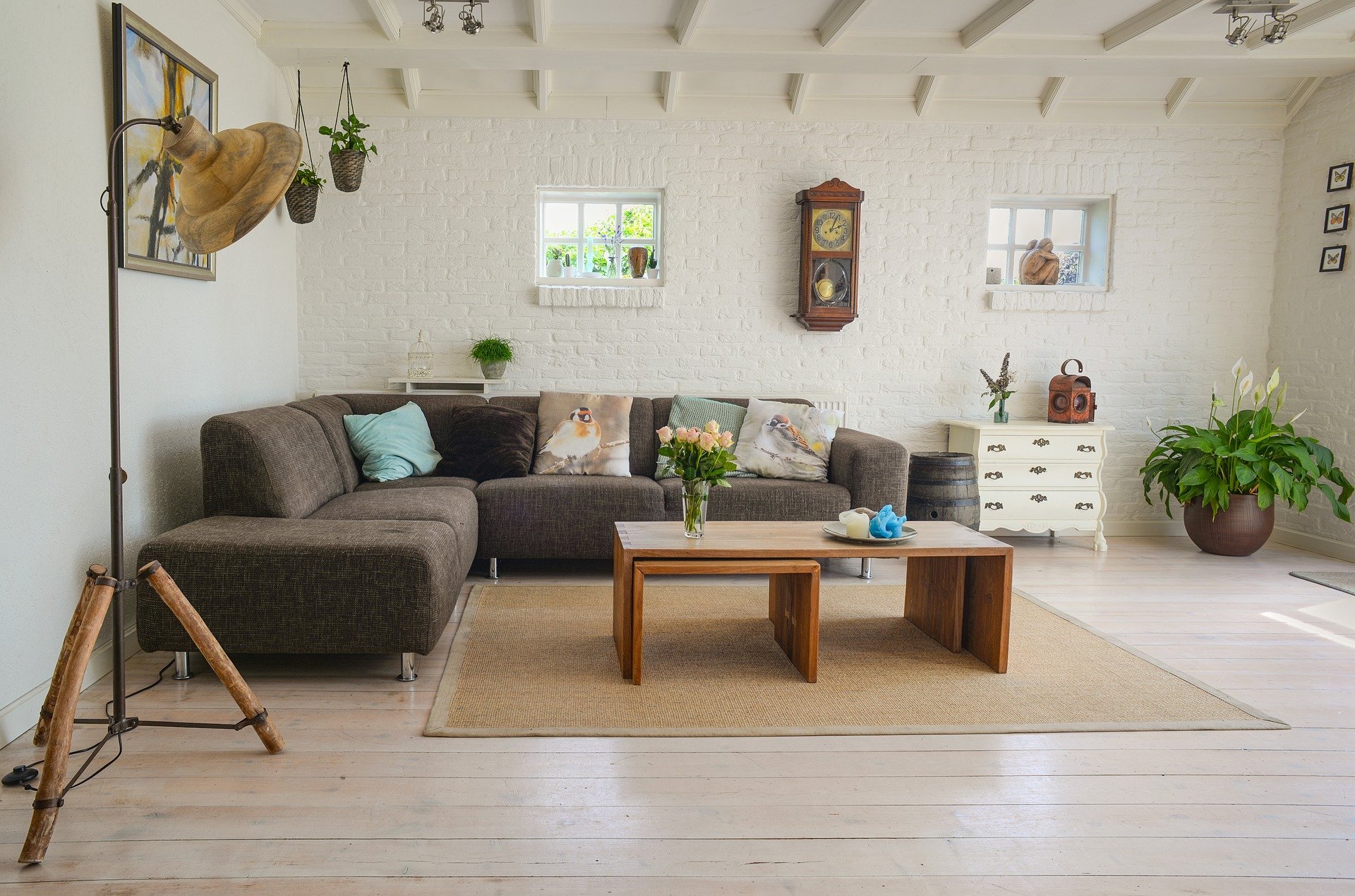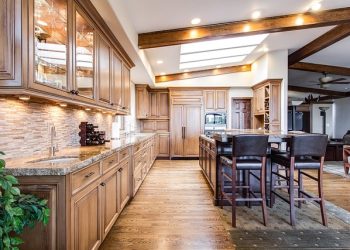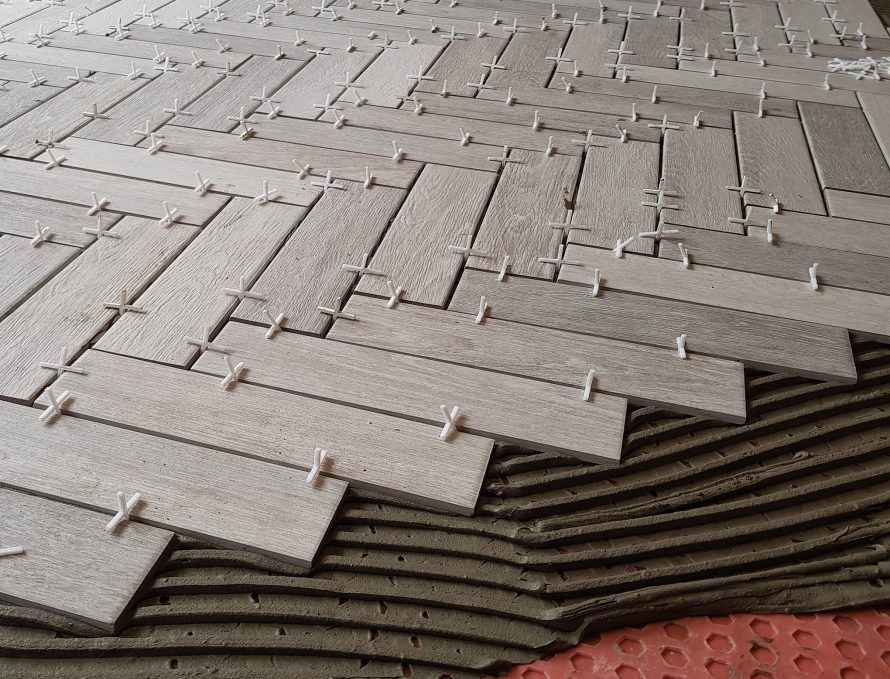Bathroom renovations can significantly increase both the functionality and aesthetic appeal of one’s home. Among the various elements to consider during such an update, the choice of a shower screen plays a pivotal role in both the design and utility of the revamped space. This guide takes a detailed look at factors to consider when selecting the ideal shower screen for your bathroom renovation.
Understanding the Importance of a High-Quality Shower Screen
A shower screen is not merely a functional barrier; it sets the tone for your bathroom’s overall look and feel. It can transform a space from ordinary to luxurious, from cramped to spacious, notes McCourt Real Estate & Property Management specialists. Therefore, choosing a high-quality screen is paramount in ensuring that it complements your bathroom’s design while meeting your practical needs.
Types of Shower Screens
There are several types of shower screens available, each offering different benefits. Fixed panel screens offer a sleek, modern look with easy-to-clean advantages. Sliding doors save space, making them ideal for smaller bathrooms. Pivot doors, on the other hand, provide a classic look and can be designed to open inwards or outwards depending on spatial constraints.
Choosing the Right Glass
The glass used in your shower screen not only impacts the aesthetic but also the safety and maintenance. Tempered glass is the standard due to its strength and break-safety features. The clarity of the glass can vary, with options like frosted or tinted glass providing additional privacy. Moreover, treatments such as anti-stain or water-repellent coatings contribute to easier cleaning and maintenance.
Frame or Frameless?
One of the significant design choices involves opting between framed, semi-frameless, or frameless screens. Framed screens are the most traditional and can provide a strong visual structure to the bathroom. Frameless designs offer a minimalist look that maximises light and space, creating a seamless transition between the shower area and the rest of the room.
Assessing Your Bathroom Lay-out and Space
Before settling on a screen design, it’s important to assess your bathroom’s layout. The positioning of the shower will influence the type of screen you can install. For instance, a corner shower would suit a square or angled screen, while an alcove could accommodate a single screen or a pivot door setup.
Bathroom dimensions are also crucial; a large bathroom can handle a more substantial screen setup, while a compact area might benefit from a slim, space-saving design. Remember to account for door clearance and movement within the bathroom when choosing the screen, ensuring that there is adequate space for comfortable use.
Style and Decor
Your chosen shower screen should compliment the bathroom’s overall style and decor. Whether you seek a traditional or modern ambiance, the screen becomes a focal point. For an ultra-modern bathroom, frameless screens are an excellent choice, while a period-style bathroom might suit a more ornate framed option.
Integration with Bathroom Features
The screen should harmonise with other bathroom features like tiles, fixtures, and fittings. Ensuring consistency in design elements – such as using chrome fittings if there are chrome edges on the screen – creates a cohesive appearance. It’s not just the look but also the practical integration; for instance, a screen’s compatibility with the shower base and drainage is essential.
Installation Considerations
Installation is a crucial phase that can affect the screen’s performance and durability. Professional installation is often recommended to avoid leaks, sealant failures, and other common issues that arise from poor fitting. Consider the labour and potential after-care service when choosing a provider to install your screen.
It’s also wise to ponder over the ease of screen replacement. Down the line, if a screen sustains damage or you’d like to update your bathroom again, how easily can the shower screen be replaced? Think through the future-proofing of your design choices.
Maintenance and Upkeep
While aesthetics are essential, so is ease of cleaning and maintenance. A shower screen should resist water spots and soap scum build-up. Screens with fewer crevices and simpler designs usually attract less grime and are easier to maintain. Consider screens with easy-clean coatings, as they substantially reduce cleaning time and effort.
Cost Implications
Bathroom renovations can be an investment, and it’s vital to consider the cost without compromising on quality. Shower screens come in a variety of price points, but highest cost does not always equate to the best choice. Weigh the long-term benefits of a good-quality screen against the initial outlay to ensure you are making a wise purchase.
Conclusion
Choosing the perfect shower screen is about balancing aesthetics, functionality, and budget. It requires consideration of the bathroom’s layout, style, and the regular maintenance that will keep it looking pristine. It’s a decision that shouldn’t be made hastily but rather with careful deliberation and consultation with professionals if needed.
With the right choice, your shower screen will provide a lasting, stylish complement to your bathroom, enhancing the overall renovation considerably. Remember to take your time, do your research, and choose a screen that not only fits your bathroom’s design but also your lifestyle and preferences.
Ultimately, the perfect shower screen should align with your vision of functionality and beauty, turning your bathroom into a haven of relaxation and refinement.






